Apple and Samsung are the two companies specifically said to be "evaluating" solar power for their consumer products, according to a report issued on Wednesday by DigiTimes. Both device makers are alleged to have considered including Taiwan-based solar power component makers in their supply chains.
But citing sources in the Taiwan solar component industry, the report said that the niche market needs more time to develop and expand. Mass production of organic photovoltaic cells is said to remain an issue, and higher efficiency products are still being tested in labs and are not ready for mass production.
"The number of solar cells used is less than rooftop solar systems, hence it is unlikely for solar-powered consumer products to form a solid market in the short term," the report said.
Samsung plans to release a solar-powered netbook, the NC215S, this August, a first for the company. The report said that the Samsung netbook utilizes a unique-sized solar cell.
A number of companies are said to be working on organic photovoltaic cells, which provide higher efficiency and are largely made with polyethylene terepthalate, or PET. America's Solarmer and Plextronics, the U.K.'s Konarka, and Japan's Mitsubishi Chemical are all said to be pursuing organic photovoltaic technology.
Researcher Richard Lunt shows off a transparent solar cell. Photo credit: MIT.
Over the years in numerous patent applications, Apple has shown interest in adopting solar power in its mobile devices. This January, one such filing described a device with an auxiliary solar cell that would serve as a secondary power source.
Another proposed invention showed an iPod with solar panels placed on both the front and back of the portable media player, giving a large surface area to collect more potential power. Apple's concept would build solar cells of rigid materials, allowing virtually the entire exterior of the device to be covered in solar cells.
And in 2008, the company presented a concept in which it would sandwich solar panels between the LCD and circuit board of a device. In this way, a product could collect energy through its display while maintaining the aesthetics and size of the product.
 Sam Oliver
Sam Oliver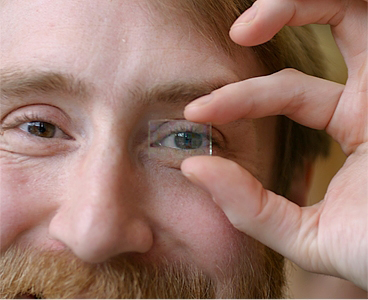

-m.jpg)





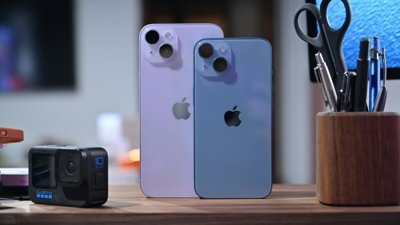
 Malcolm Owen
Malcolm Owen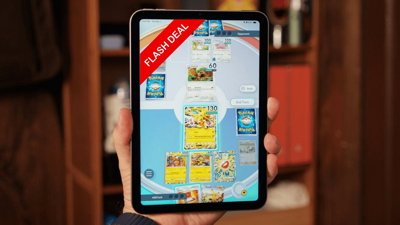
 Christine McKee
Christine McKee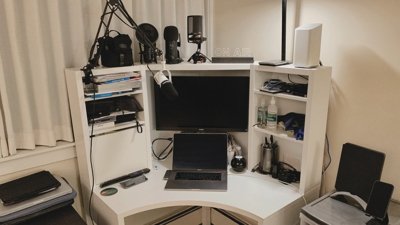
 Charles Martin
Charles Martin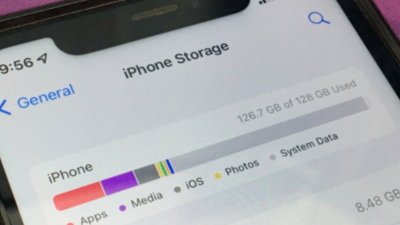

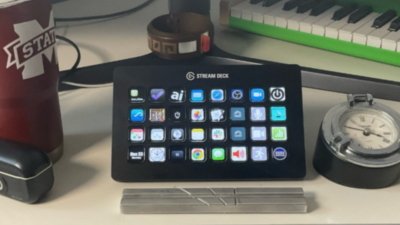
 William Gallagher
William Gallagher
 Amber Neely
Amber Neely
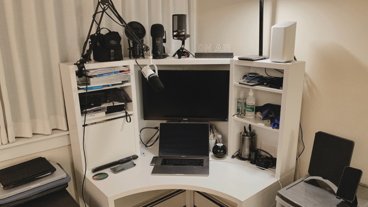









34 Comments
I will, as an expert in this field, once again point out this simply will not happen. The physics are against you.
In AM1.5 sunlight, what we get over most of the part of the world that has iProducts, you have 1000 watts of power per square meter of space. Conventional solar cells can capture about 15 to 20 percent of that, and the polymer ones talked about here are about half that. Power conversion will drop another 50% of that. So realistically you're looking at maybe 35 watts per square meter.
The iPhone is about 0.05 square meters. That means it's going to collect a few milliwatts of power. That's less that it draws when in sleep mode, and perhaps the same amount of power that you'd get by plugging it in for 2 minutes or so.
Why bother?
Unfortunately I cannot really picture myself leaving say my iPad or iPhone in the sun for a couple hours to charge. Doesn't really pan out as a "good" idea in my mind as the last thing I would want to happen is the direct exposure from the suns light causing any kind of heat damage, moisture, or sunspots to the screen itself.
Luckily I believe companies such as Energizer have the right idea with their inductive charging technology which allows them to "wirelessly charge" a device. Mind you even that technology has flaws, and is not considered "free energy" unless you perhaps power the charging pad with say um? A solar panel.
... Mass production of organic photovoltaic cells is said to remain an issue, and higher efficiency products are still being tested in labs and are not ready for mass production. ...
Speaking as someone who's been around a while ... this exact sentence can be picked out of photovoltaic marketing materials from the 1970's, 80's, and 90's.
Mass production techniques and cell efficiency were the two main problems on the table at the dawn of this technology, and now 40 or more years later they still are. Efficiency has been raised, but not by much and every day we hear of a new "super-effiicent" solar cell that's just around the corner but never actually materialises. I don't mean to imply that solar cells will never be efficient enough or that the technology is totally worthless, but solar power is *always* over-hyped and promoted far beyond it's actual technical merits.
Would it be great to have a bit of extra power for your handheld? Sure.
Will it ever replace charging it with actual electricity? No.
Will it make a significant contribution to the total power requirements of the device? No
Will it save your bacon when you are stuck in the woods and your battery dies? Probably not.
I had one of these in 1986 - 25 years ago! And it worked quite well actually.

In the past 25 years surely the tech has advanced enough to drive (or at least top up the charge) on laptop.
I will, as an expert in this field, once again point out this simply will not happen. The physics are against you.
In AM1.5 sunlight, what we get over most of the part of the world that has iProducts, you have 1000 watts of power per square meter of space. Conventional solar cells can capture about 15 to 20 percent of that, and the polymer ones talked about here are about half that. Power conversion will drop another 50% of that. So realistically you're looking at maybe 35 watts per square meter.
The iPhone is about 0.05 square meters. That means it's going to collect a few milliwatts of power. That's less that it draws when in sleep mode, and perhaps the same amount of power that you'd get by plugging it in for 2 minutes or so.
Why bother?
Well, lets imagine that thin-film amorphous photovoltaics in near future can reach 10 %efficiency (not unrealistic. today they are around 7-9%).
That would give following electric power for the back of an ipad (0.05 M2):
1000 watts x 0.05 M2 x 0.10 (efficiency) = 5 watts
Lets take half of this as heat loss as you suggest: = 2.5 watts from the panel.The ipad today has a 25 Watt/hour battery and last for an average of 10 hours of use. So Average power consumption could be around 2.5 Watts. (25 watt-hour / 10 hours)
The ipad's 2.5 Watts power consumption could be off-set directly by 2.5 watts of power from sun shining on its back or front!
So much for the physics being against us!
Conclusion is that with a little bit of development of Photo Voltaic technology you might actually be able to work on your ipad in the sun without draining the battery, maybe even charging it!
Solar cells are the future, and will be one of the most important techs of the coming decade.